Table of Contents
Ever watch your cat inhale their kibble in ten seconds flat? Or maybe they seem a little... bored? Like they've conquered the couch and now what? You're not alone. Many cat parents face the same challenges. Fast eaters can end up with upset tummies, and an understimulated cat can find other, less desirable ways to entertain themselves (hello, shredded furniture). This is where the magic of interactive feeding comes in, specifically finding the best cat feeder toys.
Why Your Cat Needs a Feeder Toy (Beyond Just Food)

Why Your Cat Needs a Feeder Toy (Beyond Just Food)
It's About More Than Just a Meal Ticket
Look, a bowl of kibble sitting there all day is easy. For you. For your cat? It's the fast-food equivalent of hunting. They evolved to stalk, pounce, and work for their dinner. Dumping food in a dish bypasses all that critical brain work. When we talk about why your cat needs a feeder toy, we're talking about tapping into those deep-seated instincts. It's not just about getting calories in; it's about mental stimulation. Think of it like giving them a little puzzle to solve before they get the reward. It keeps their minds sharp, prevents boredom from setting in, and honestly, makes them feel like they've actually accomplished something. A bored cat is often a mischievous cat, and nobody wants to come home to shredded toilet paper or a sudden fascination with knocking things off shelves.
Turning Gobbling into a Game
Beyond the mental aspect, there are real physical benefits to using feeder toys. If your cat is a speed eater, you know the aftermath: sometimes a quick trip back up. Slowing down their consumption with a feeder toy aids digestion and can prevent those unpleasant post-meal events. It also helps manage weight. When they have to bat, nudge, or roll a toy to get a few pieces of kibble, they're not just eating less in one go, they're also getting a little exercise. It turns mealtime from a passive event into an active one. My own cat, a formerly chubby ginger named Leo, went from inhaling his food and immediately demanding more to spending twenty minutes diligently working his puzzle ball, resulting in a healthier weight and fewer demands for snacks between meals.
Here's a quick look at the core benefits:
- Engages natural hunting instincts.
- Provides crucial mental stimulation.
- Prevents boredom and related destructive behaviors.
- Slows down eating for better digestion.
- Helps manage weight through increased activity.
- Reduces anxiety and stress for some cats.
Finding the Best Cat Feeder Toys for Different Personalities
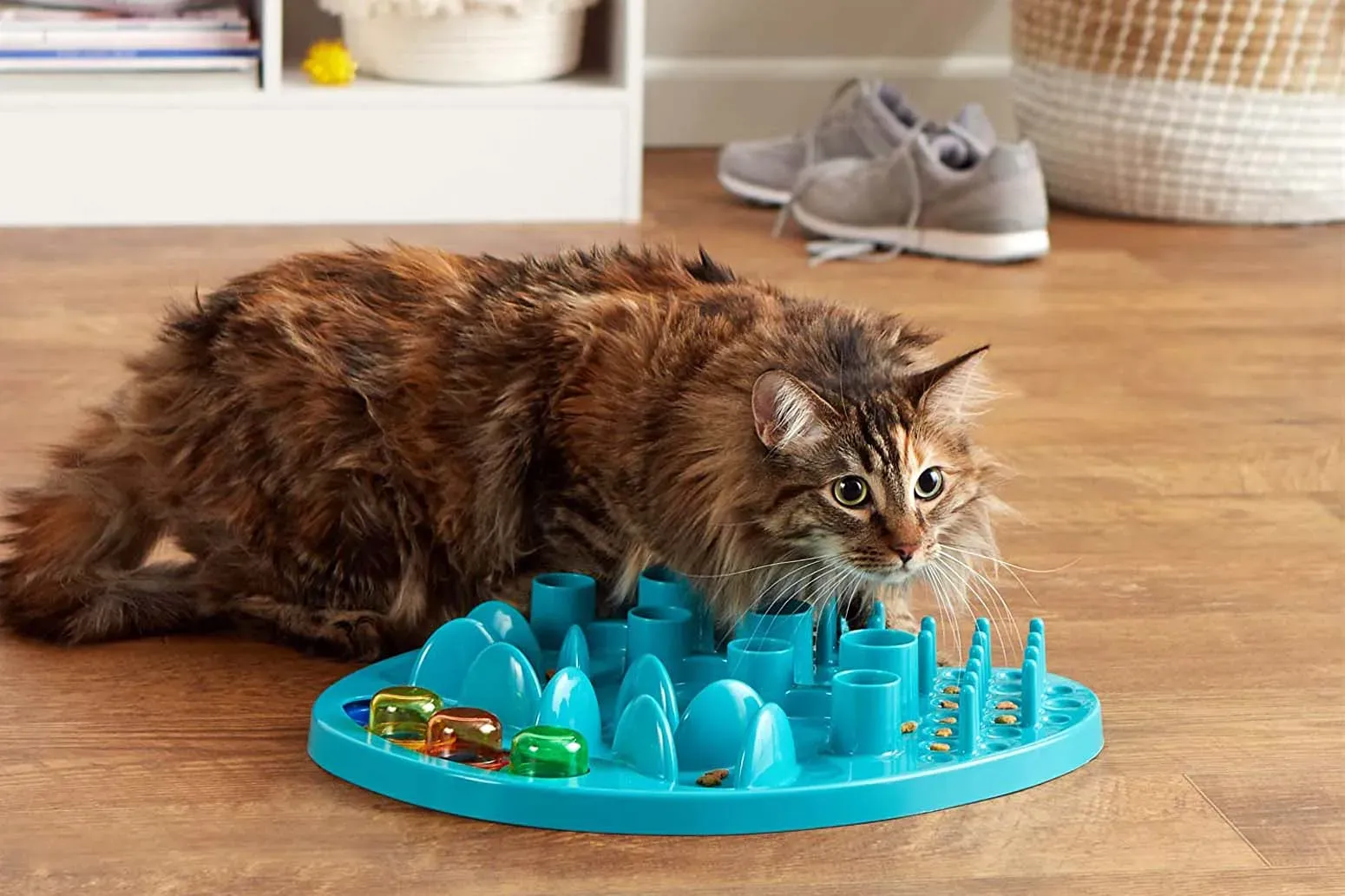
Finding the Best Cat Feeder Toys for Different Personalities
Matching the Toy to the Tail
Alright, so you're sold on the idea of feeder toys. Great! But here's the catch: not every toy works for every cat. Just like people, cats have distinct personalities. You've got your bold adventurer who'll tackle anything, your cautious observer who eyes new things with suspicion, the super-smart one who figures out puzzles in seconds, and the easily frustrated one who gives up if it's not instantly rewarding. Finding the best cat feeder toys really hinges on knowing your feline friend. Shoving a complex multi-level puzzle at a timid cat might just stress them out, while a simple ball feeder might bore a genius. It's about observing their natural tendencies and choosing something that challenges them just enough without being overwhelming or too easy.
Puzzle Feeders vs. Ball Feeders: Which is Right for Your Feline?
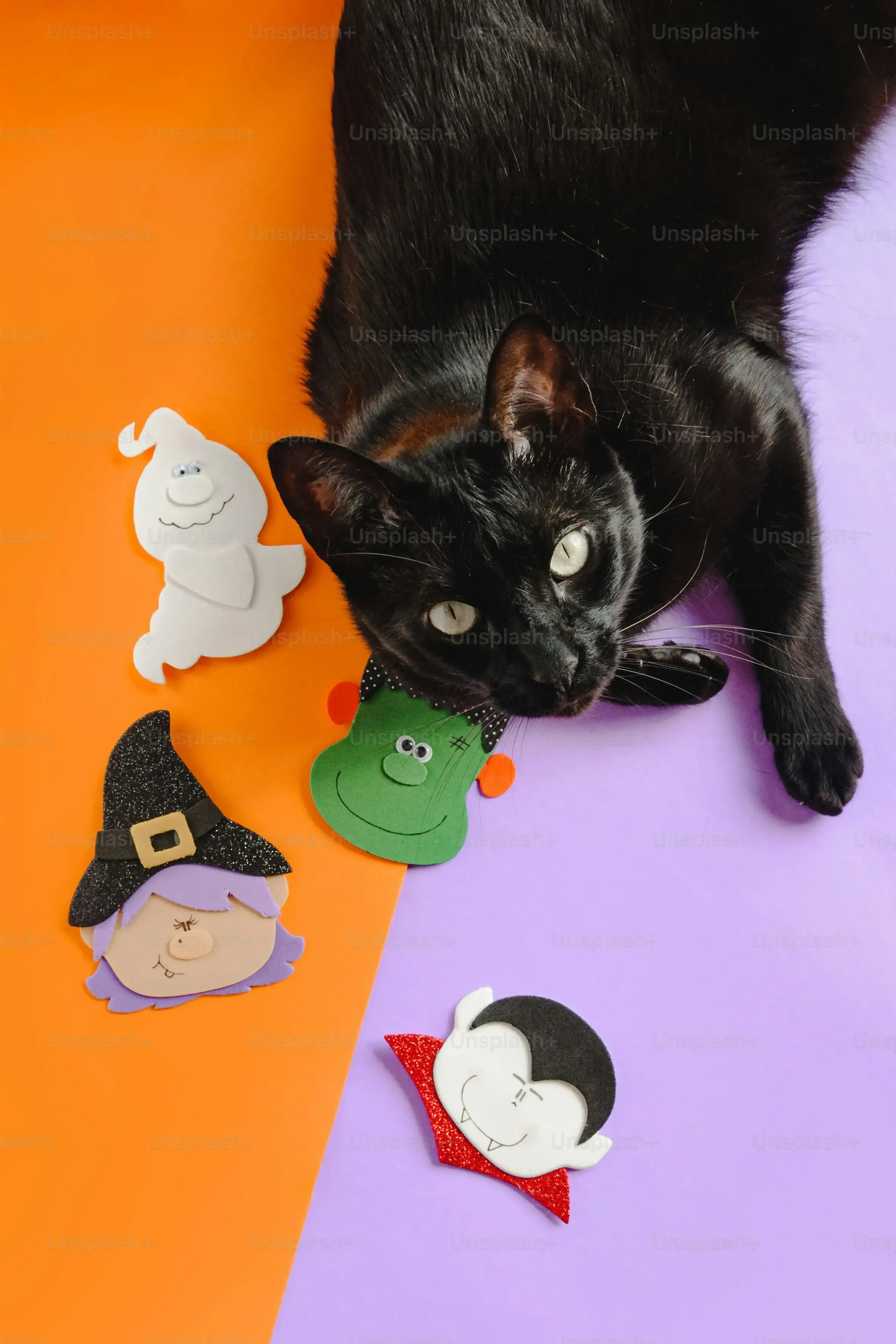
Puzzle Feeders vs. Ball Feeders: Which is Right for Your Feline?
The Thinker's Choice: Puzzle Feeders
let's break down the two main types you'll encounter when looking for the best cat feeder toys. First up are puzzle feeders. These are the brain teasers of the feeder world. They often involve compartments, sliders, levers, or covers that your cat has to manipulate to get the kibble out. Think of them as miniature escape rooms for food. They come in various difficulty levels, from simple trays with divots to complex multi-stage setups. These are fantastic for cats who are naturally curious, persistent, and enjoy problem-solving. They provide a higher level of mental engagement compared to just batting something around. If your cat is smart and gets bored easily, a good puzzle feeder can be a lifesaver.
The Active Hunter's Delight: Ball Feeders
Then you have ball feeders, sometimes called rolling feeders or treat balls. These are simpler in concept: you fill a ball or cylinder with kibble, and your cat has to roll, bat, or nudge it around to make the food fall out through strategically placed holes. These are great for cats who have a strong prey drive and enjoy chasing and batting things. They encourage physical activity, turning mealtime into a literal hunt across the floor. They are generally less mentally taxing than complex puzzles but provide more physical exercise. They're often a good starting point for cats new to feeder toys, or for those who get frustrated easily by intricate puzzles. My neighbor's cat, Whiskers, a former stray with boundless energy, absolutely loves his ball feeder; he'll chase it under furniture and across the room until every last piece of food is gone.
Here's a quick comparison to help you decide:
- Puzzle Feeders: Best for mental challenge, problem-solvers, less active cats needing stimulation.
- Ball Feeders: Best for physical activity, cats with high prey drive, good starting point, easily frustrated cats.
- Consider combining them: Use a puzzle feeder for one meal and a ball feeder for another to offer variety.
- Observe your cat: Do they like batting things? Do they try to figure out how things work? That tells you a lot.
Picking the Winner (Or Maybe Both)
Choosing between puzzle and ball feeders really comes down to your cat's individual preferences and abilities. Start simple, no matter which type you choose. A complex puzzle might be too much for a beginner, leading to frustration. Similarly, a ball with holes too small might be discouraging. Look for adjustable difficulty levels if possible. Many of the best cat feeder toys offer this feature. Don't be afraid to try both types. Some cats enjoy the variety, using a puzzle for their morning meal and a ball for the evening. It's less about finding the single "best" one and more about finding the best fit for your cat's unique personality and keeping mealtime engaging and beneficial.
How to Introduce the Best Cat Feeder Toys to a Picky Cat
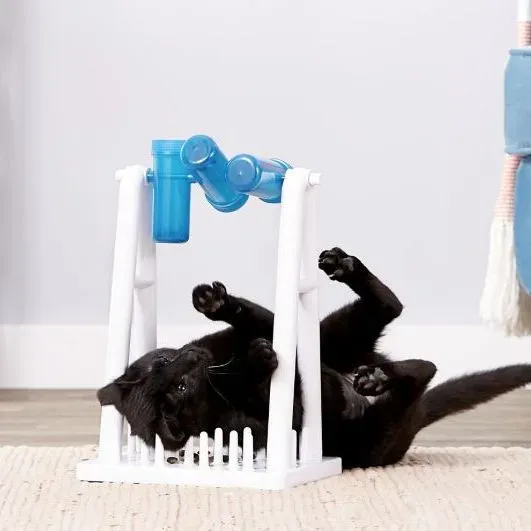
How to Introduce the Best Cat Feeder Toys to a Picky Cat
Start with Baby Steps (Seriously, Tiny Ones)
So, you've got your shiny new feeder toy, one of the best cat feeder toys you could find, and your cat is looking at it like you've presented them with a small, suspicious alien. This is normal, especially for picky or cautious cats. Don't just dump their entire meal in there and walk away expecting magic. That's a recipe for frustration and a hungry cat giving you the stink eye. Start by making it incredibly easy. Like, ridiculously easy. Place a few pieces of their regular kibble *on* the toy, not inside it. Let them eat it directly off the surface. Once they're comfortable with that, put a few pieces *just inside* the opening, where they can still easily get to it with minimal effort. The goal is to associate the toy with positive things (delicious food) without making it a barrier. It's about building confidence, not creating an obstacle course from the start.
Bribe Them with the Good Stuff
Sometimes, regular kibble just isn't enough motivation to overcome suspicion or inertia. This is where the high-value treats come in. Think freeze-dried chicken, small pieces of cooked unseasoned meat, or whatever makes your cat go absolutely wild. Use these irresistible goodies to initially fill the feeder toy. This makes the reward for interacting with the toy much higher, encouraging them to investigate and engage. As they get more comfortable and confident, you can gradually mix in their regular kibble with the treats, and eventually transition to just kibble. This method leverages their strongest motivator – taste – to get them over the initial hump of trying something new. It's like getting a kid to try broccoli by hiding it in mac and cheese; less deceptive, more strategic.
Here are some high-value treats many cats can't resist:
- Freeze-dried chicken or salmon
- Small pieces of cooked, unseasoned chicken or turkey
- Tuna flakes (in moderation, packed in water)
- Commercial cat treats they particularly love
Patience is Your New Best Friend
Introducing the best cat feeder toys to a picky cat requires patience. Lots of it. Some cats will figure it out in minutes; others might take days or even weeks to fully embrace the concept. Avoid forcing interaction. Don't push their head towards the toy or try to bat it around for them aggressively. This can create negative associations. Instead, leave the toy out with a few treats or kibble pieces in or on it for short periods, multiple times a day. Celebrate small victories – a nudge, a bat, getting one piece out. If they seem frustrated, make it easier again. Go back a step. It's a marathon, not a sprint. Your cat sets the pace. Consistency and positive reinforcement (praise, gentle pets) when they interact with the toy are key. Eventually, most cats will curiosity get the better of them, especially when hunger is involved.
Making Mealtime an Adventure: The Impact of Best Cat Feeder Toys
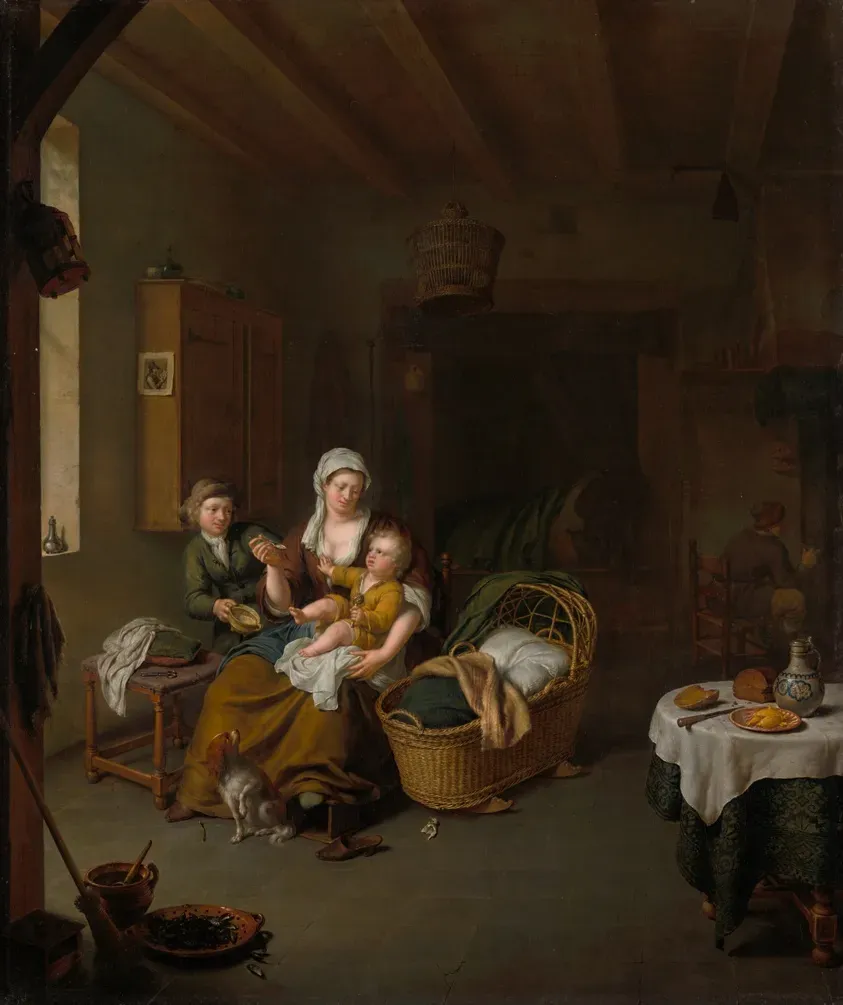
Making Mealtime an Adventure: The Impact of Best Cat Feeder Toys
Beyond the Bowl: A Richer Daily Life
So you've introduced one of the best cat feeder toys, maybe after some initial skepticism from your feline overlord. What happens next? You start to see a shift. Mealtime isn't just a quick pit stop anymore; it becomes an activity. This isn't just about slowing down gobbling, although that's a major win. It's about enriching their entire day. When a cat has to actively engage their brain and body to get food, it replicates a more natural foraging experience. This mental engagement reduces stress and anxiety because they're not just waiting around for the next meal; they're actively working for it. It taps into that innate drive to hunt and problem-solve, leading to a more content and less restless cat. Think of it as giving them a job – a rewarding one.
Strengthening Bonds Through Shared Experience (Sort Of)
While your cat is the one doing the work, introducing and managing the best cat feeder toys can actually subtly strengthen your bond. You become the provider of this engaging challenge. You might observe them figuring out the puzzle, celebrating their small victories with praise or a gentle scratch. It gives you something new to interact with them about, beyond just petting or play sessions with a string. You're facilitating a positive, instinctual behavior. It's less about you being the source of the food directly dumped in a bowl and more about you providing the environment and tools for them to "hunt." This can build a different kind of trust and understanding, appreciating their natural capabilities.
What changes might you observe?
- Increased engagement during meal times.
- Less "begging" between meals once they adapt.
- More settled behavior, less random mischief.
- Potential decrease in anxiety-related behaviors.
- A subtle sense of accomplishment from your cat (yes, really).
Long-Term Wins for Feline Well-being
Using the best cat feeder toys consistently isn't just a temporary fix for fast eating or boredom; it's an investment in your cat's long-term physical and mental health. Regular mental stimulation helps keep cognitive function sharp as they age. Maintaining a healthy weight through slower eating and increased activity reduces the risk of obesity-related issues like diabetes and joint problems. It's a simple, often inexpensive change that yields significant benefits. You're not just feeding your cat; you're providing a richer, more fulfilling existence that honors their instincts. It’s a small step that makes a big difference in turning routine meals into daily adventures.
Common Questions About Feeder Toys
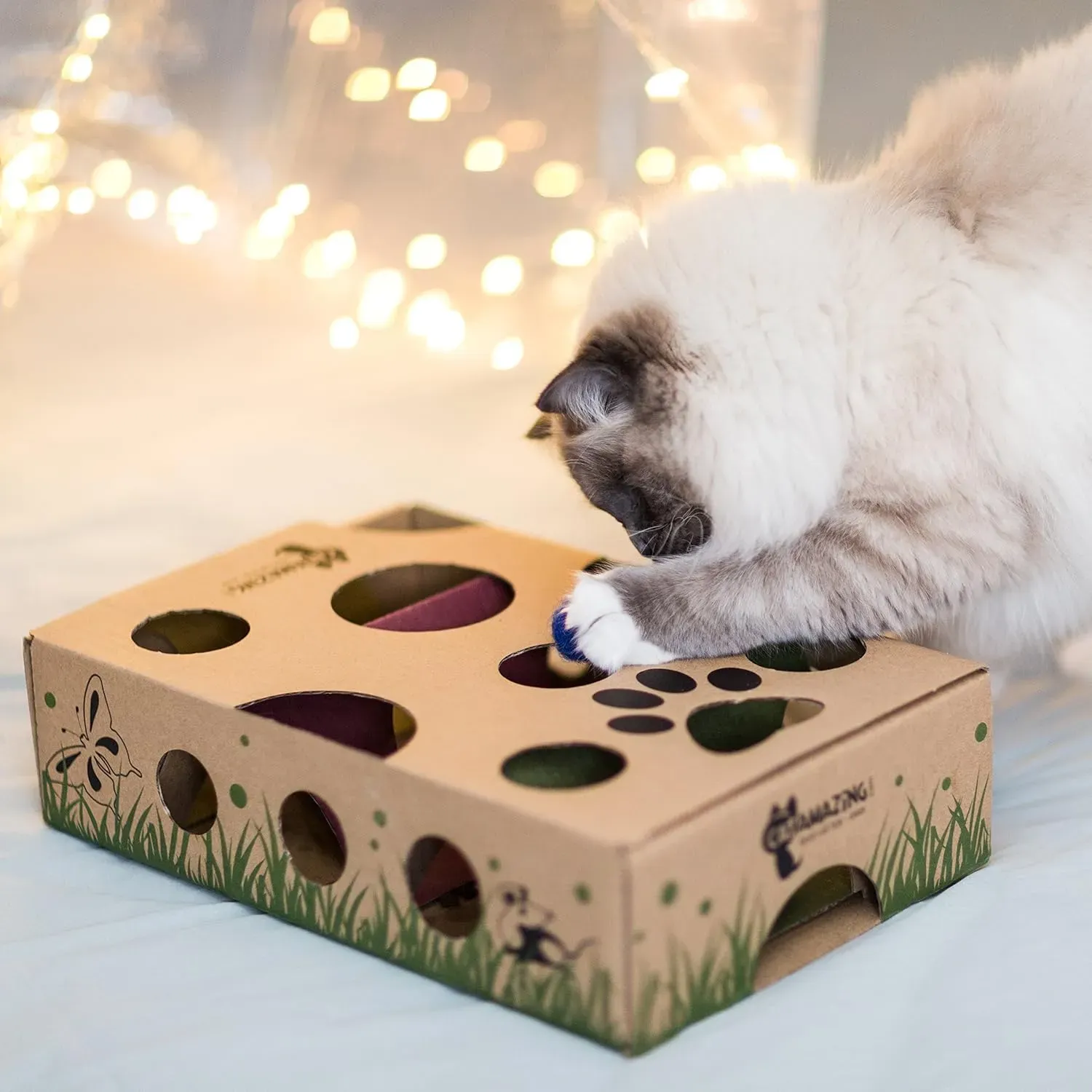
Common Questions About Feeder Toys
Your Feeder Toy FAQs, Answered
so you're probably thinking, "This sounds great, but what about the actual headaches?" People always ask if these things are a total mess (some can be, choose wisely!), if their particular lazy cat will actually *use* it (patience and high-value treats are your allies here), or if it’s okay to put wet food in (generally no, stick to kibble unless the toy is specifically designed for it). Another big one: "How often should I use it?" Ideally, for every meal. It turns the mundane into the stimulating every single time. Don't overfill them, especially when starting; just enough food for that meal keeps the motivation high and the challenge manageable.
Making Mealtime Matter
So, there you have it. Ditching the plain old bowl for one of the best cat feeder toys isn't just about being trendy; it's a practical step towards a healthier, happier cat. You're not just feeding them; you're engaging their instincts, slowing down that rapid-fire eating, and maybe, just maybe, saving your sofa from becoming the next victim of boredom-induced shredding. Finding the right fit might take a little trial and error, because cats, bless their independent hearts, have opinions. But the payoff – a more content, stimulated feline – is definitely worth the effort. Give it a shot; your cat might surprise you.